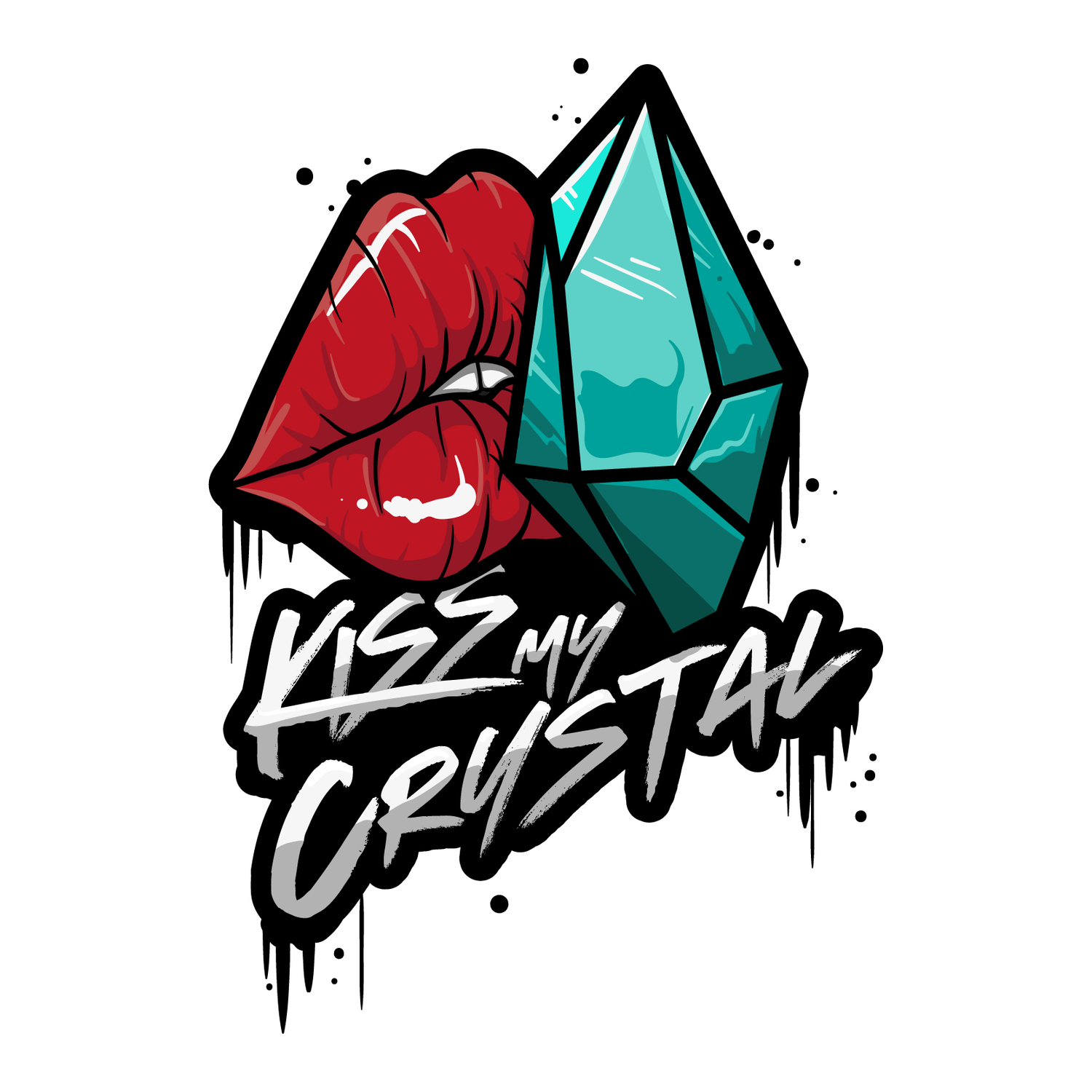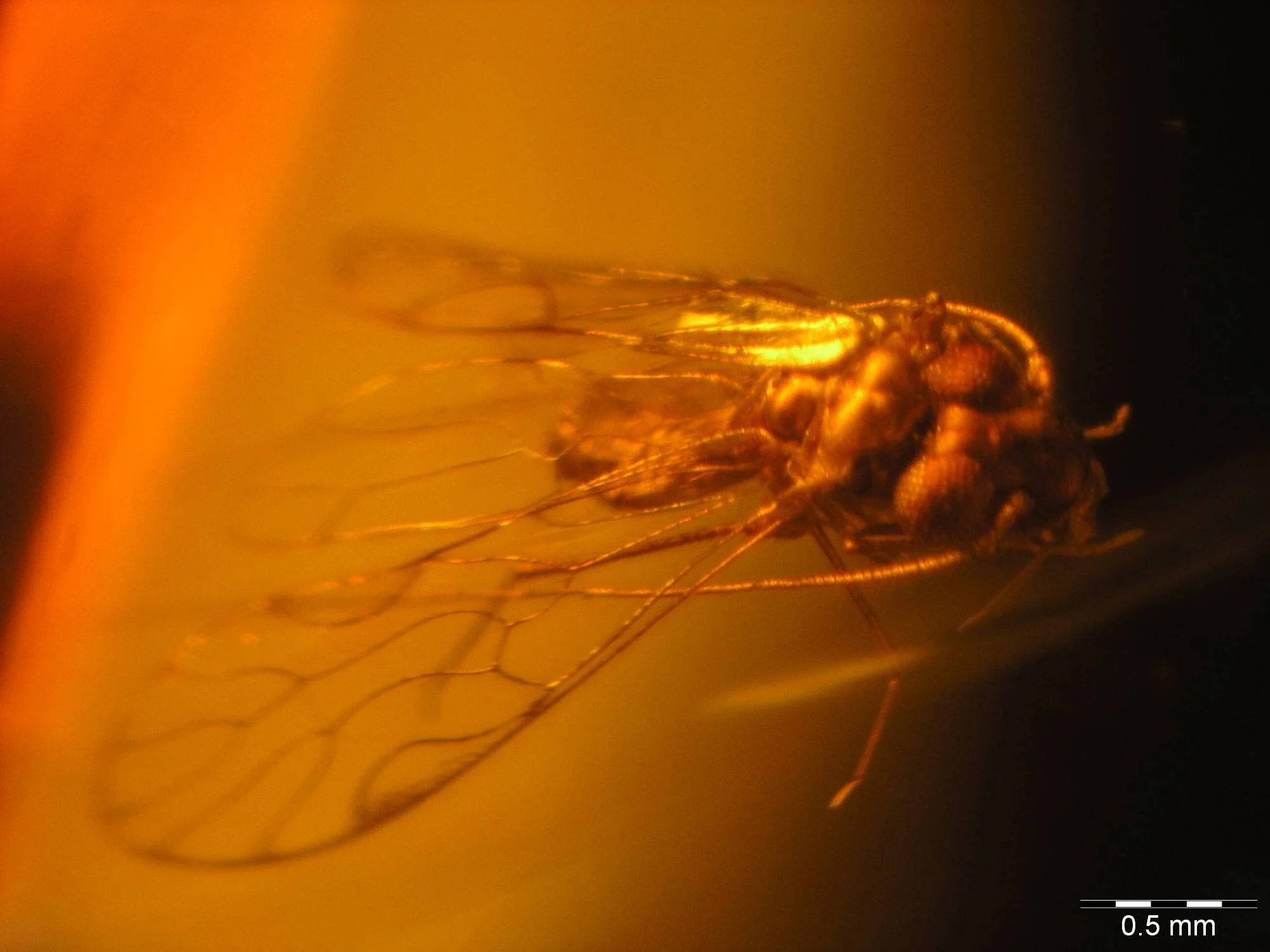AMBER.
Amber is a magick organic gem. Its trapped bubbles allow you to fizz with your own joyous energy. It’s here to get your party started. Technically “ancient tree juice” its vibes are soft and flowing supporting courage in the pursuit of success. Capturing the power of the Sun, it is warm and comforting, elevating your mood, and helping you shake off that funk. In Chinese mythology Amber is thought to be the soul of tigers who have passed, bringing the bearer of these gems strength, courage, and wisdom.
Amber is fossilized resin mainly from ancient conifer trees such as Pine, Fir, and Cedar. In ancient Greek, Amber was known as ēlektron (beaming Sun) and this led to the word electric(ity) as Amber was found to be able to hold static electricity. The oldest dated Amber is from 320 million years ago around the late Carboniferous period (also known as the Age of Amphibians). Often flowers, plants and insects are trapped in the Amber with their DNA being preserved for up to 100 million years. Although contrary to the movie Jurassic Park, no dinosaur blood has yet been recovered.
Organic Magick
Psocoptera inclusion in amber taken by Jorge Santiago-Blay, Paleobiology Dept.
© Smithsonian
Amber has been revered since Neolithic times for its beauty and was used as a gemstone throughout antiquity and as a healing aid in indigenous medicine. The most common colours of Amber are yellow, orange, and brown (to almost black), but rare colours do occur such as blue and red. The rarest colour is Dominican blue which fluoresces spectacularly under UV light.
Amber fluorescing under UV light.
Amber can be found all over the world. Amber which has been fossilized and later forming the seabed can be disturbed by natural erosion, shipping etc, its natural buoyancy means it then floats on the tides and can be picked up on beaches globally. Amber is also mined in Russia, Myanmar, Dominican Republic, Indonesia, Italy, Ukraine (called Rivne amber but be aware this is illegally mined), and the Baltic regions - in particular, the Holocene deposits in Gdansk, Poland, on the shores of the Baltic Sea, hence the name Baltic Amber.
Baltic Amber is the best type of Amber for teething babies however, avoid any that feel brittle or you suspect are fake. There are many fake Amber products on the market much of which are made from glass, polymer, polyester, resin, or copal.
Buyer’s Guide to Amber
When you are buying Amber it should feel quite light (low density) in the hand, have a waxy smooth finish (if polished), and become warm while you hold it. Amber can be a tricky purchase if you do not know the dealer as there is a lot of fake Amber on the market made from Copal resin and plastic resin (how to test if your Amber is real below). Amber can range in clarity and colour from pale yellow, through orange, red, to blue-black, the colour you choose is a personal preference. If you are shopping for an interesting specimen it’s worth holding out to purchase a good translucent piece with an ancient insect trapped in the Amber, if the species of insect is identified, even better. Another good Amber purchase is a specimen of Dominican Blue Amber especially if you have a UV cabinet - the fluoresce it produces is fab.
How to test if Amber is real:
UV Light Test. You can buy small, hand-held UV light torches pretty cheaply online. The Amber should fluoresce under the light - it will almost look like a matte brightish colour (see image above). The Amber from Indonesia and the Dominican Republic in particular will glow green/blue under UV light.
Salt Water Test. Amber contains many visible and microscopic air bubbles, it is also a lightweight material. Prepare a glass of salt water with 7 teaspoons of salt to 250ml (½ pint) of water and stir occasionally for an hour until the salt is fully dissolved. Real Amber should float, whereas resins and glass should sink.
Hot Needle Test. This is a much more invasive test so you should choose a place on the Amber piece that is not as visible (maybe the drill hole of a bead for example). Heat a needle (wear gloves) and press the needle to the Amber, this will activate the Amber, if it is real Amber you should smell pine tree resin. If however, the specimen is Copal, the needle will sink/melt into the piece very easily and you may smell fresh pine. If you are testing with this method and think the piece is plastic then be careful not to breathe in toxic fumes.
Scratch Test. Scratch the Amber, somewhere that isn’t too visible, with a pin. Amber is a soft material and will scratch with a steel pin. Be aware though, that some fake plastics will also scratch.
Rubbing. Rubbing Amber with a soft cloth for 30-60 seconds will get a small electrostatic charge that can be tested by seeing if a strand of hair is attracted to it. Copal, which is also tree resin, but not fossilised is often used to fake Amber but with this rub test, the Copal will become a little tacky/sticky to the touch.
Quick Guide | Amber
Zodiac: Amber is associated with the zodiac signs Aquarius, Leo, and Libra.
Ruling Planet: Amber’s ruling celestial body is the Sun.
Chakra: Amber is associated with the Solar Plexus (Manipura) Chakra. Its warm yellow colour adds some fire energy to this Chakra.
Element: Amber is connected to the elements Aether and Fire.
Crystal Charging: Amber can be charged in the Sun for a few minutes (avoid high temperatures due to the risk of melting) for a high vibe hit or overnight under a full moon for a more feminine moon goddess vibe. You can boost its energy with an earthy smoke cleanse or smudge with Sweetgrass for more goddess energy.
Crystal Elixir: Amber is suitable for making crystal elixirs as it is a natural product and non-toxic.
Crystal Care: You can clean Amber with warm soapy water, but never hot or boiling water as this can make the Amber brittle. You can also simply use a soft cloth. To avoid the Amber cracking you should keep it away from direct heat sources and out of direct sunlight.
The “general” chemical formula for Amber: C₁₂H₂₀O



